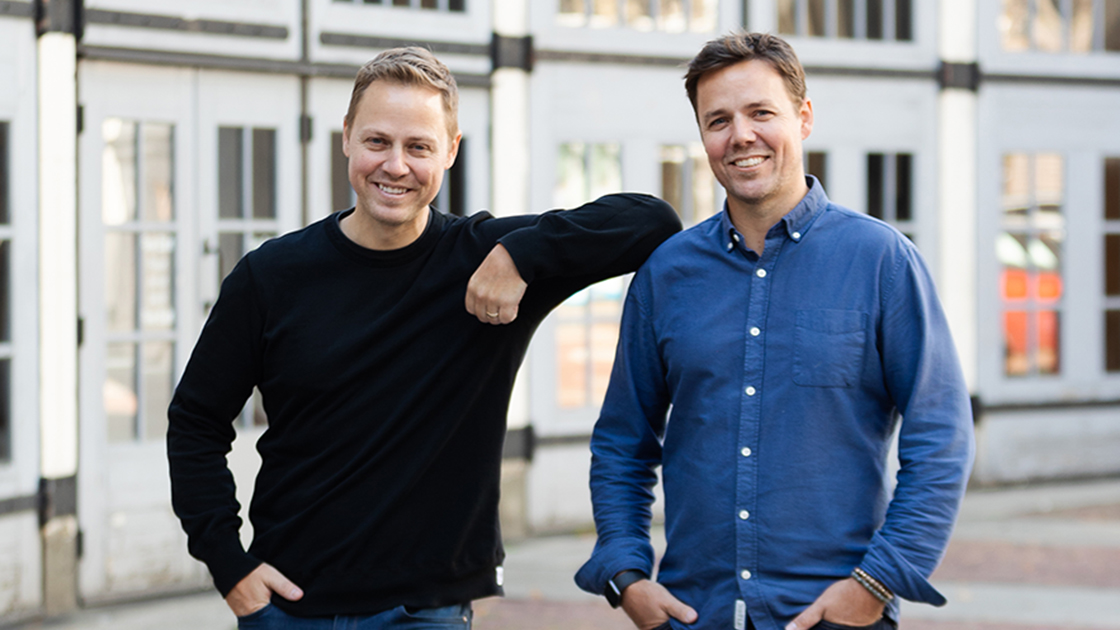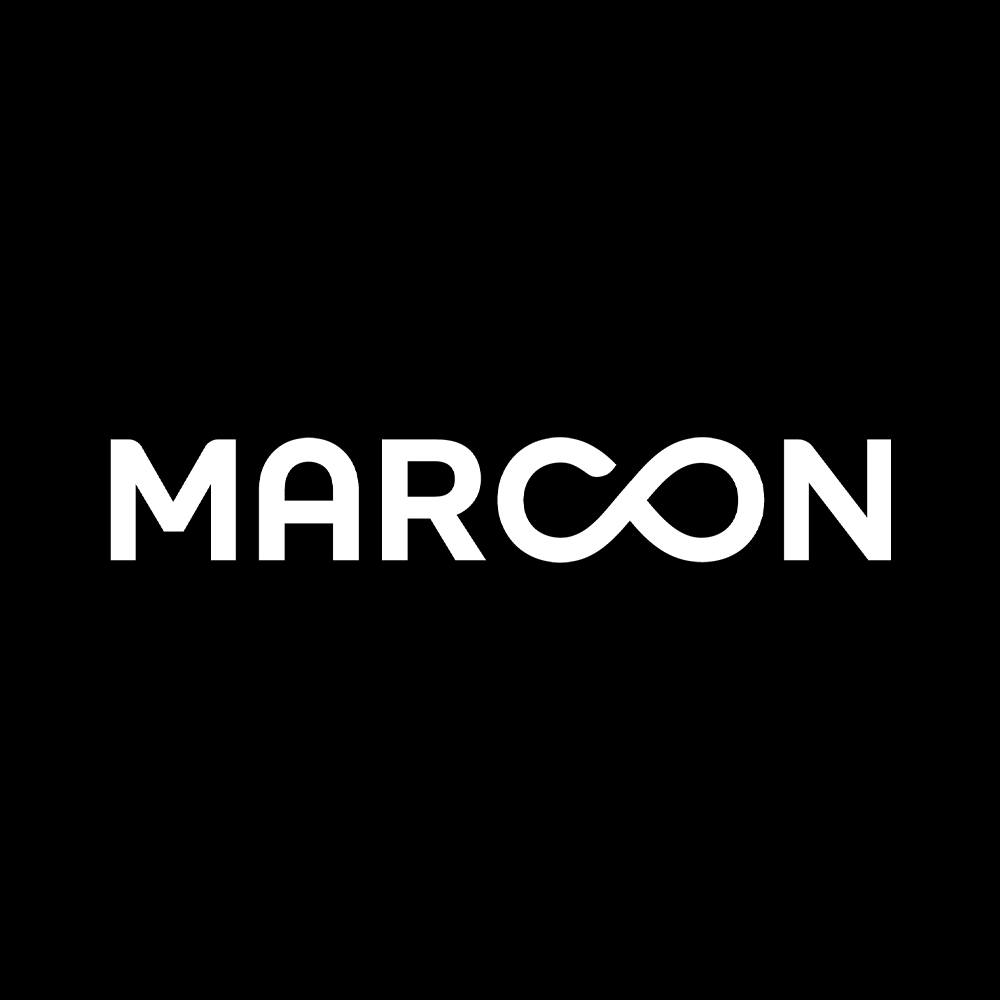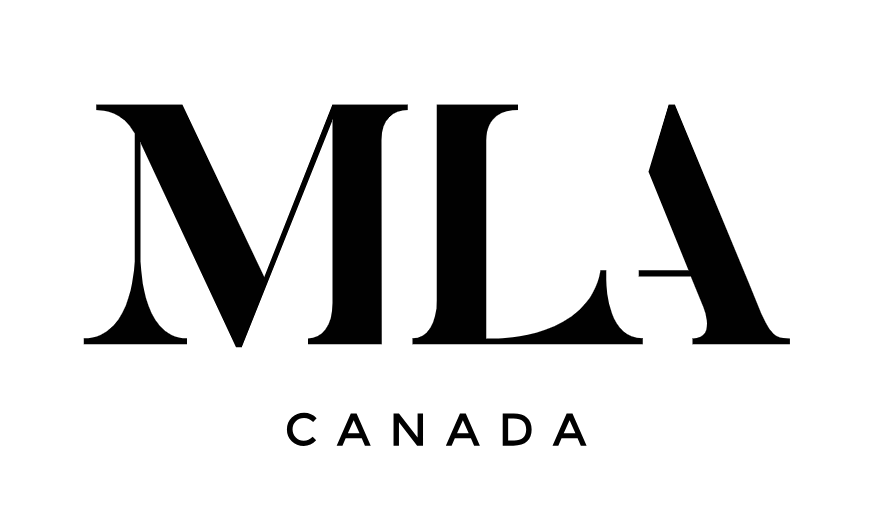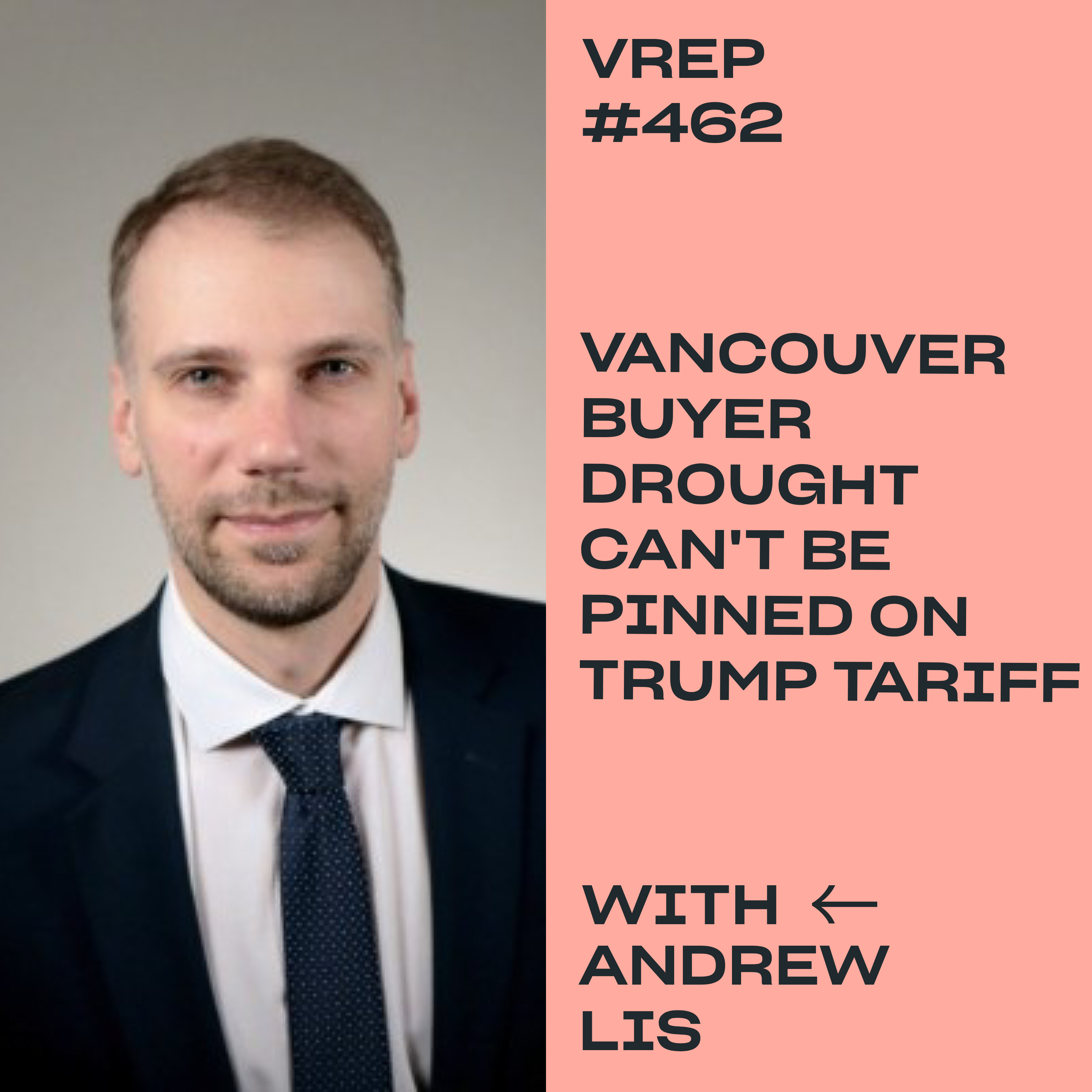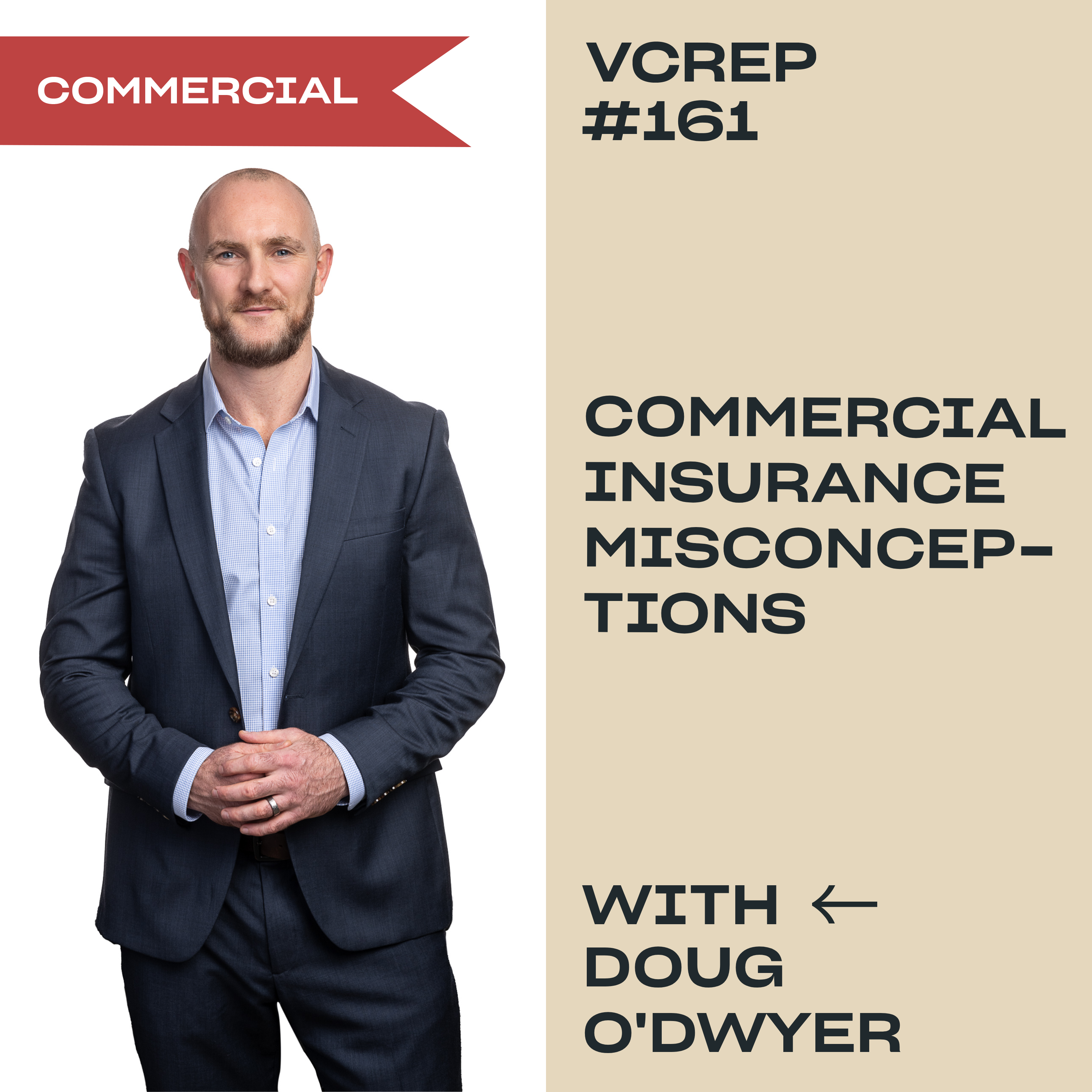Episode 458
Listen On: Apple Podcasts | Spotify
Can cities build desperately needed housing while preserving their architectural soul? Developer and Vancouver Heritage Commission Chair James Evans sits down with Adam & Matt to explore this pressing dilemma facing Vancouver’s most cherished neighborhoods.
From his stunning Gibson House project – which reimagined a 1907 mansion and convent into seven unique homes in East Van – to the surprising market appetite for historic properties, Evans reveals why there’s still hope for thoughtful density in Vancouver’s future.
This wide-ranging conversation tackles the unintended consequences of new multiplex zoning and practical solutions for adding homes while maintaining community character.
Can Vancouver densify without losing its historic charm? Why is saving heritage homes becoming harder despite strong buyer demand? And with recent provincial mandates inadvertently encouraging demolition over preservation, what policy changes could help save Vancouver’s architectural legacy? An essential listen for anyone who cares about the future of Vancouver’s neighborhoods!
Guest Information
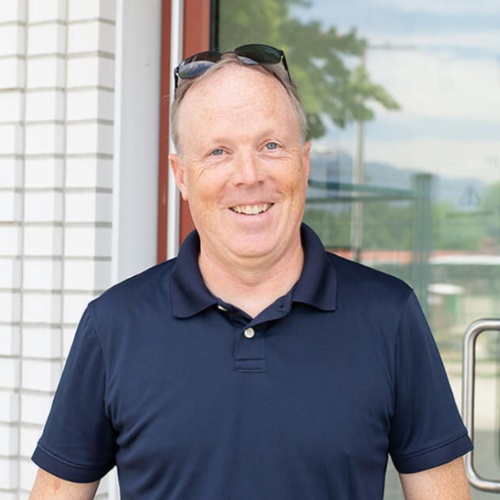
James Evans
James Evans is the Vancouver Heritage Foundation Commission Chair and seasoned real estate developer who has developed over 1,000 homes throughout the lower mainland over the past 25 years. His notable East Vancouver projects include The Jeffs Residences, Ella on Nanaimo, and Brookhouse Residences, along with projects currently under construction including Gibson House and Stinson Block. As a valued partner at Woodland Block and proud East Vancouver local, he is committed to ensuring that the building will be an enduring legacy in the community.
Vancouver Heritage Homes vs. Density: Can We Save Character Houses While Building More Housing?
Vancouver developer James Evans reveals how BC’s housing densification policies are threatening heritage homes, and offers practical solutions for preserving neighborhood character while still adding much-needed housing units.
The Vanishing Heritage of Vancouver Neighborhoods
The debate over how to preserve Vancouver’s historic character while addressing the housing crisis has reached a critical point. In this eye-opening episode of the Vancouver Real Estate Podcast, host Matt Scalena interviews James Evans, an experienced developer with nearly 30 years in the industry who currently serves as Chair of the Vancouver Heritage Commission.
Evans, who has developed properties throughout the Lower Mainland including Vancouver, Burnaby, Surrey, and Langley, specializes in infill opportunities rather than new neighborhood developments. His expertise in heritage conversion projects provides unique insights into how Vancouver can maintain its architectural identity while still densifying.
“Vancouver’s a very young city. We really don’t have all that much in the way of heritage stock or stories for that matter,” Evans explains. “I think we need to preserve some touch points of the past.”
Episode Summary
Unlock Vancouver Real Estate – Access SOLD PRICES and In-Depth Market Insights Now!
How BC’s Multiplex Zoning Has Created Anti-Heritage Incentives in Vancouver
One of the most alarming revelations from the podcast is how recent policy changes from both Vancouver City Council and the BC provincial government have inadvertently undermined heritage preservation efforts. Evans points to a fundamental shift in the economic incentives:
“Under the previous RS zones, you got an extra 10% density, bonus density in return for retaining the building. They basically left that in place, but allowed you to get up to a one FSR to build a brand new multi-plex on it. So what they’ve done is they’ve actually now flipped it on its head. So it’s actually a disincentive to keep an old building as opposed to retaining them.”
The result is that character homes in established Vancouver neighborhoods like Grandview Woodlands, Mount Pleasant, Kitsilano, Kerrisdale, and Dunbar are rapidly disappearing. According to Evans, there’s simply “no incentive to keep them anymore. And so they’re all just getting knocked down, which is unfortunate.”
The Sustainability Advantage of Vancouver Heritage Homes
While the housing crisis dominates public discourse, Evans highlights an often-overlooked benefit of heritage preservation: environmental sustainability.
“The most sustainable building that you can build is the one that you keep and refurbish rather than the one that you bulldoze and send off to the landfill,” Evans states.
This environmental perspective adds an important dimension to the heritage conversation. On one recent project, Evans conducted an analysis of the embedded carbon footprint comparing heritage retention versus demolition. Though preserving older buildings alone won’t solve the climate crisis, it represents an important contribution that developers can make toward sustainability goals.
Unlock Vancouver Real Estate – Access SOLD PRICES and In-Depth Market Insights Now!
The Market Value of Character Homes in Vancouver
Despite the challenges involved in heritage preservation, Evans discovered something surprising when marketing his heritage conversion projects: Vancouver homebuyers value uniqueness.
“We didn’t release the Heritage House initially because it was behind the rest of the new build, but we had a lot of interest in it. So we brought it to the market the following weekend and sold the whole thing out on the weekend. And I had a backup offer on one of the units,” Evans recalls. “I realized that the things that I was absolutely terrified by, the market actually valued.”
This market response reveals an important truth about Vancouver real estate: as more standardized housing dominates the landscape, unique properties with character and historical elements command premium interest.
Converting Vancouver Heritage Homes: Practical Challenges
Evans doesn’t minimize the difficulties involved in heritage conversion projects. These renovations require developers to work within the constraints of buildings never designed for modern living or multiple units:
“By the time you need to structurally upgrade these things, you need to meet today’s sustainability requirements, step code requirements, or the Vancouver building bylaw requirements… how do you add exterior insulation to one of these old homes and then keep the same essence of what it was?”
Working with existing window placements, unusual ceiling heights, and architectural features like turrets creates significant design challenges. Different styles of heritage homes present varying levels of adaptability. For example, Evans explains that California bungalows common in Kitsilano are more difficult to convert than larger Edwardian or Craftsman homes from the 1910s.
Unlock Vancouver Real Estate – Access SOLD PRICES and In-Depth Market Insights Now!
Successful Heritage Densification Projects in East Vancouver
Evans showcases several of his successful projects that demonstrate how heritage preservation can coexist with densification:
- Brookhouse Residences at Parker and Victoria: This East Vancouver development put 10 units on a 66-foot lot at 1.35 FSR, with six units in a restored heritage house plus four townhomes in the back.
- Gibson House on Napier Street: This project near Commercial Drive preserved a 1908 house built by Mr. Gibson (later owned by the St. Francis of Assisi Church) while creating what Evans calls “a collection of old-colony cottages” that function as single-family homes.
- Jeff’s Residences: Evans’ first heritage project in Vancouver included seven units in the heritage house plus 13 townhomes, demonstrating the viability of mixed heritage/new construction developments.
These successful projects in East Vancouver neighborhoods prove that with creative approaches, developers can achieve meaningful density while preserving character structures.
A Better Way to Add Density in Vancouver Neighborhoods
Rather than what Evans describes as “dropping a grenade into a neighborhood” with high-rises, he advocates for a more sensitive approach to densification across Vancouver:
“We should look to salt and pepper some low-density apartment buildings in some of these neighborhoods. Just done in a sensitive way,” he suggests. This would provide “a greater mix of housing types” beyond the typical duplex with infill format that dominates current development.
Evans expresses frustration that Vancouver city planners didn’t study existing successful heritage conversions when developing new multiplex regulations: “Why don’t you look at some projects that have been done, whether they’re mine or by others… Let’s look at those and study those and figure out what lessons were learned.”
Unlock Vancouver Real Estate – Access SOLD PRICES and In-Depth Market Insights Now!
How Vancouver Can Better Preserve Heritage While Adding Housing
For those interested in encouraging more heritage preservation in Vancouver, Evans recommends a three-pronged policy approach:
- Streamline approvals: Make the regulatory process for heritage projects competitive with the current process for multiplexes and new construction.
- Increase density bonuses: Provide sufficient density incentives (10-20% above base density) to make preservation financially viable.
- Adapt building codes: Simplify building code requirements for heritage buildings to allow more flexible approaches to renovation.
Evans acknowledges the legitimate need for more housing but suggests the BC provincial government might better serve communities by setting population targets rather than mandating specific density and forms of development: “Leave it to the cities to figure out how you come up with the density and the form of development around that target.”
The Future of Vancouver’s Architectural Character
As Vancouver continues to grapple with its housing crisis, Evans remains a passionate advocate for finding solutions that can provide both the needed housing and preserve the unique character that makes neighborhoods like Grandview Woodlands special.
“As we move towards building more and more towers and mixed-use projects in this neighborhood, you’re kind of losing some of the identity, that special sauce that makes Vancouver what it is. And people value that,” Evans observes.
His projects stand as testament that with creativity and the right policy support, density and heritage can indeed coexist in Vancouver’s evolving urban landscape. For prospective homebuyers and investors interested in unique properties with character and history, heritage conversions offer an increasingly rare opportunity in Vancouver’s real estate market.
Listen to the full interview with James Evans on the Vancouver Real Estate Podcast to learn more about heritage preservation opportunities and challenges in Vancouver’s competitive housing market.
Episode Host
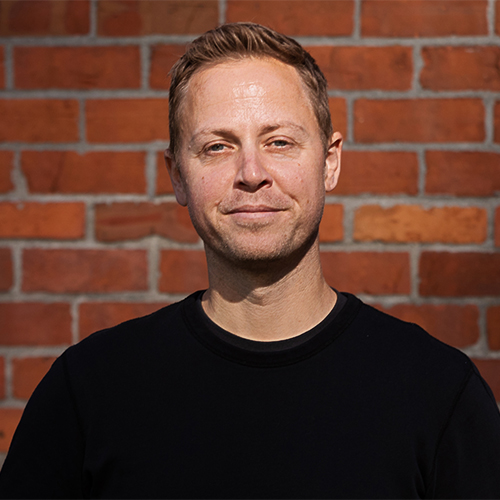
Adam Scalena
Adam is a full-service realtor, specializing in Vancouver’s best areas. His systematic approach to real estate and dedication to his clients has consistently placed him within the top 10% of realtors operating within Greater Vancouver.

Matt Scalena
Matt is real estate obsessed and considers himself a lifelong student of the Vancouver real estate market. As a co-manager of the Scalena Real Estate team, Matt prides himself on expertly advising buyers and sellers on all aspects of the fast-paced, dynamic Vancouver real estate market. He is present at every stage of the process, from that first phone call or email right through to when keys are exchanged between sellers and buyers.
